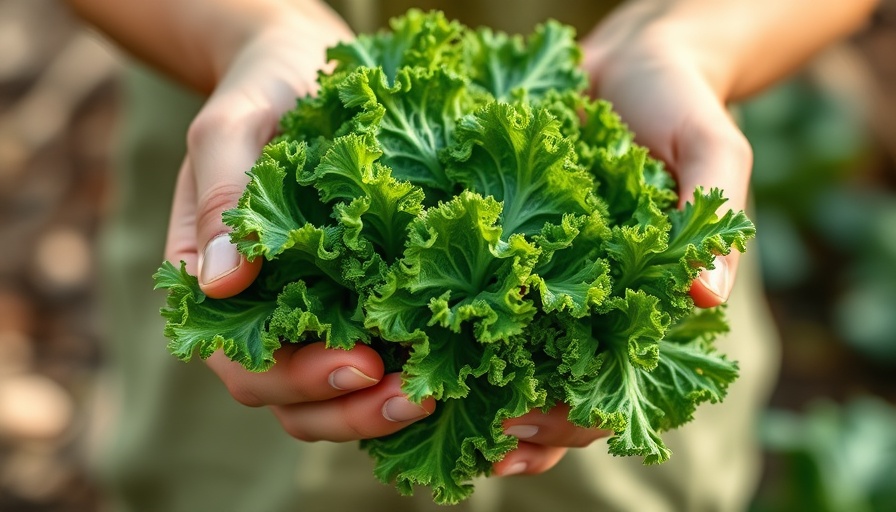
The Nutritional Power of Sloppy Joes: A Revamped Classic
Sloppy Joes have long been a staple in many households, combining flavors that evoke nostalgia while catering to family preferences. However, what if you could transform this classic comfort food into a nutrient-dense meal that supports your immune system and overall health? By incorporating an array of vegetables into the Sloppy Joe filling, not only do you preserve its signature flavor, but you also enhance the dish's nutritional profile, making it a favorite for health-conscious adults and fitness enthusiasts alike.
Sneaky Veggies: The Secret to Enhanced Nutrition
The real magic in a revamped Sloppy Joe lies in the addition of hidden vegetables such as shredded carrots or sweet potatoes. These ingredients serve dual purposes: they infuse the dish with essential vitamins, antioxidants, and minerals while ensuring the flavor remains sweet and satisfying without overwhelming amounts of added sugar. Vegetables like carrots are especially rich in beta-carotene, vitamin K, and fiber, which can strengthen your immune response and contribute to overall digestive health.
Meal Prep Made Easy: Reinventing Leftovers
One of the most appealing aspects of Sloppy Joes is their versatility and ease of meal prep. Preparing a large batch of the filling and storing it in the freezer allows you to have quick and nutritious meals on busy days. Simply reheat the Sloppy Joe filling, serve it on whole grain buns, and you have a wholesome dinner in minutes. In addition to traditional serving methods, consider repurposing the filling into other dishes, such as stuffed peppers, toppings for baked potatoes, or even as a filling for healthy tacos. These alternatives make it easier to integrate nutrient-dense meals into your daily routine, especially crucial for those recovering from illness, workout fatigue, or stressful days.
Flavor Development: Techniques for the Best Sloppy Joes
Developing robust flavors in your Sloppy Joes is essential to creating a meal that satisfies not just the palate but the health-conscious eater. One interesting preparation tip involves cooking the tomato paste until it darkens, enhancing its natural sweetness through caramelization. This technique elevates the umami flavors, making your Sloppy Joes delightfully hearty and complex. Furthermore, experimenting with seasoning blends like chili powder and garlic powder can improve both flavor and health benefits, contributing to better digestion due to the added spices.
The Broader Implications of Nutrition-Focused Cooking
Transforming traditional recipes like Sloppy Joes into nutrient-dense versions is not merely a personal meal choice—it's a statement about health and lifestyle. With increasing awareness about nutrition's role in mental health, chronic disease management, and stress recovery, it’s imperative to rethink our cooking methods and ingredients. Sloppy Joes, often dismissed as an indulgent dish, can instead serve as a vehicle for nourishment, featuring healthful ingredients that combat inflammation and support immunity.
Take Action: Transform Your Meals for Better Health
It’s time to seize the opportunity to make nutritious changes in your cooking. By incorporating more vegetables into your favorite dishes, you can foster a healthier diet that supports your immune system and enhances your overall well-being. Consider trying this upgraded Sloppy Joe recipe as a gateway to greater culinary exploration—one that emphasizes nutrition without compromising taste. Take charge of your meals, and discover the power of nutritious eating today!
 Add Row
Add Row  Add
Add 







Write A Comment